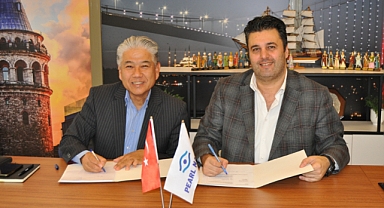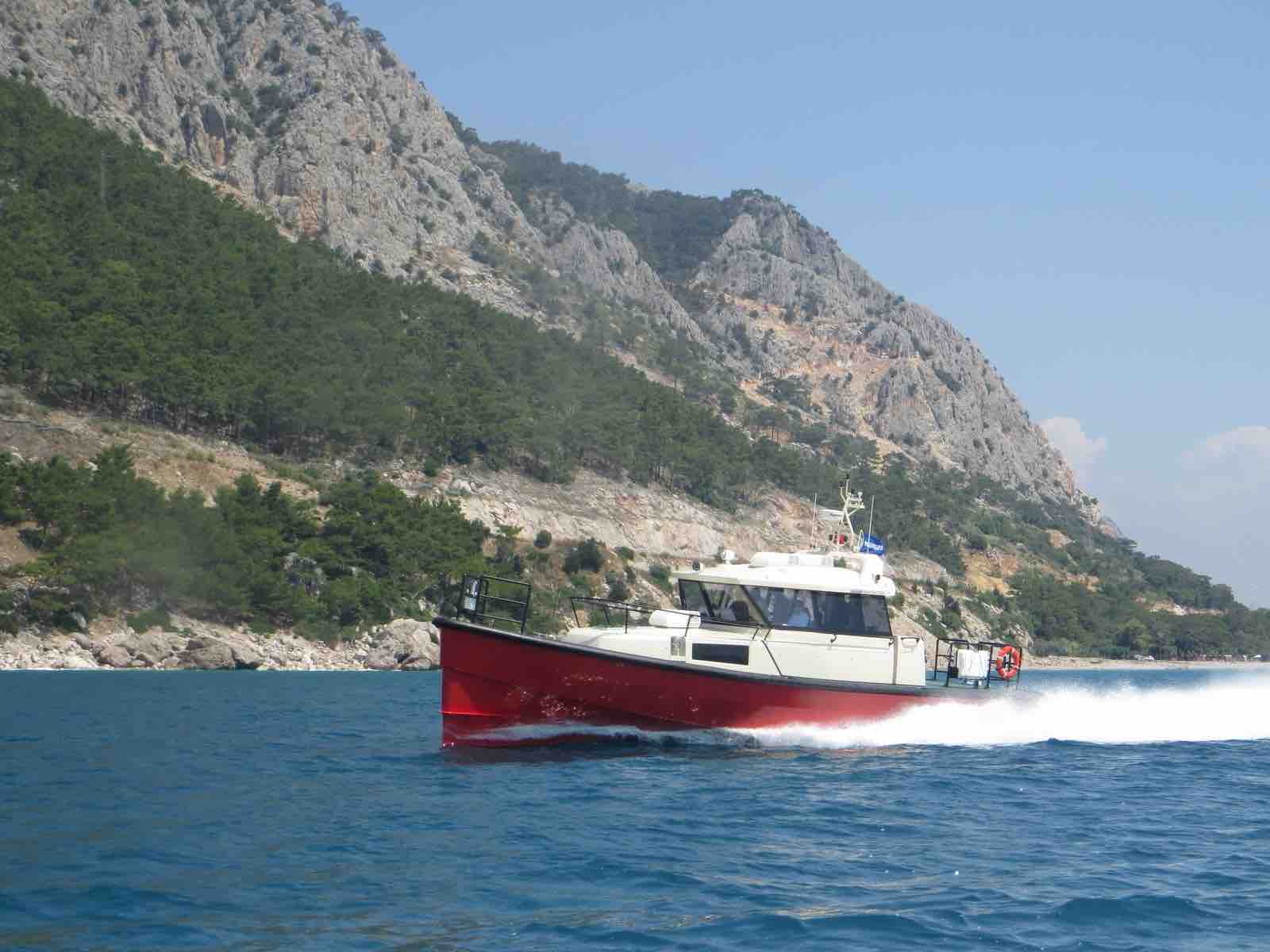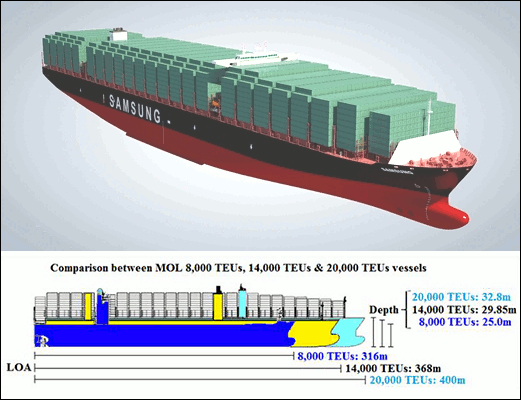THE world's biggest container line, the Geneva-based Mediterranean Shipping Co (MSC) has taken delivery of the 24,346 TEU scrubber-fitted MSC Irina, reports London's Loadstar.
The mega ship was delivered on March 9 with its slightly smaller sister vessel, the 24,116-TEU MSC Tessa, was also fitted with scrubber technology.
By far the biggest savings come from the cheaper bunker costs, consuming heavy fuel oil (HFO) instead of the more-expensive LSFO (low-sulphur fuel oil), thanks to the scrubber technology, says the report.
Costly LSFO is showing a premium of some US$150 per ton on HFO. Thus, HFO could reduce bunker costs on an Asia-North Europe round-trip by $1 million. Given the sharp reduction in revenue per voyage, due to falling freight rates, carriers are refocusing on costs, said Loadstar.
This follows a 24 per cent year-on-year fall in scrubber installations last year, as high freight earnings boosted voyage result top lines, when 399 ships across all sectors were fitted with the technology.
'The share of ships with a scrubber is set to increase, as 17 per cent of ships in the shipyards' orderbooks are expected to have a scrubber installed,' said owners association BIMCO.
Meanwhile, another factor influencing carrier strategies is the impact of the IMO's Carbon Intensity Indicator (CII) regulations, which will require older vessels to have Ship Energy Improvement Plans and invariably mean a reduction in service speeds.
According to a recent assessment by valuation and market intelligence platform VesselsValue, the CII regulations are beginning to have an impact on the asset values of ships and, in due course, that will spread to the charter market in terms of different daily hire rates depending on a vessel's CII rating.
The impact of CII in the container space has been slower than expected, which VesselsValue attributes to 'unprecedented high container rates dominating 2022' adding that its effects may emerge now container rates have normalised.
SeaNews Turkey
The mega ship was delivered on March 9 with its slightly smaller sister vessel, the 24,116-TEU MSC Tessa, was also fitted with scrubber technology.
By far the biggest savings come from the cheaper bunker costs, consuming heavy fuel oil (HFO) instead of the more-expensive LSFO (low-sulphur fuel oil), thanks to the scrubber technology, says the report.
Costly LSFO is showing a premium of some US$150 per ton on HFO. Thus, HFO could reduce bunker costs on an Asia-North Europe round-trip by $1 million. Given the sharp reduction in revenue per voyage, due to falling freight rates, carriers are refocusing on costs, said Loadstar.
This follows a 24 per cent year-on-year fall in scrubber installations last year, as high freight earnings boosted voyage result top lines, when 399 ships across all sectors were fitted with the technology.
'The share of ships with a scrubber is set to increase, as 17 per cent of ships in the shipyards' orderbooks are expected to have a scrubber installed,' said owners association BIMCO.
Meanwhile, another factor influencing carrier strategies is the impact of the IMO's Carbon Intensity Indicator (CII) regulations, which will require older vessels to have Ship Energy Improvement Plans and invariably mean a reduction in service speeds.
According to a recent assessment by valuation and market intelligence platform VesselsValue, the CII regulations are beginning to have an impact on the asset values of ships and, in due course, that will spread to the charter market in terms of different daily hire rates depending on a vessel's CII rating.
The impact of CII in the container space has been slower than expected, which VesselsValue attributes to 'unprecedented high container rates dominating 2022' adding that its effects may emerge now container rates have normalised.
SeaNews Turkey









